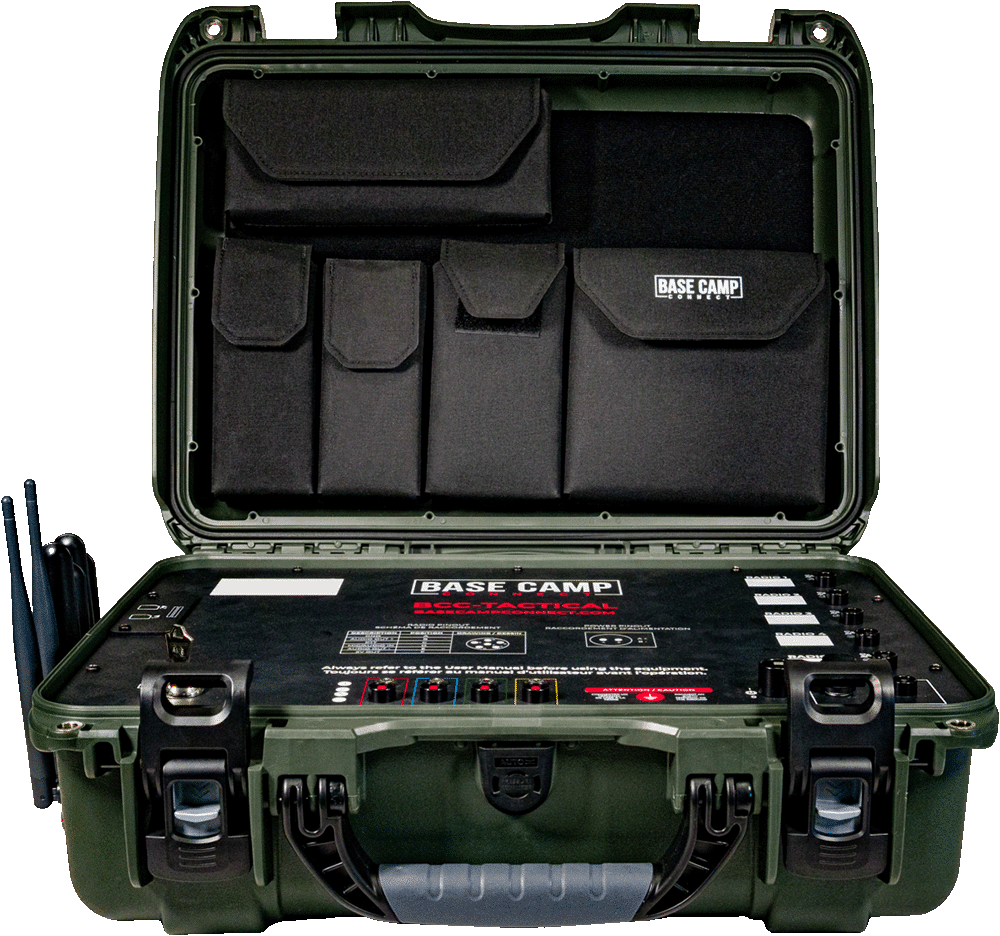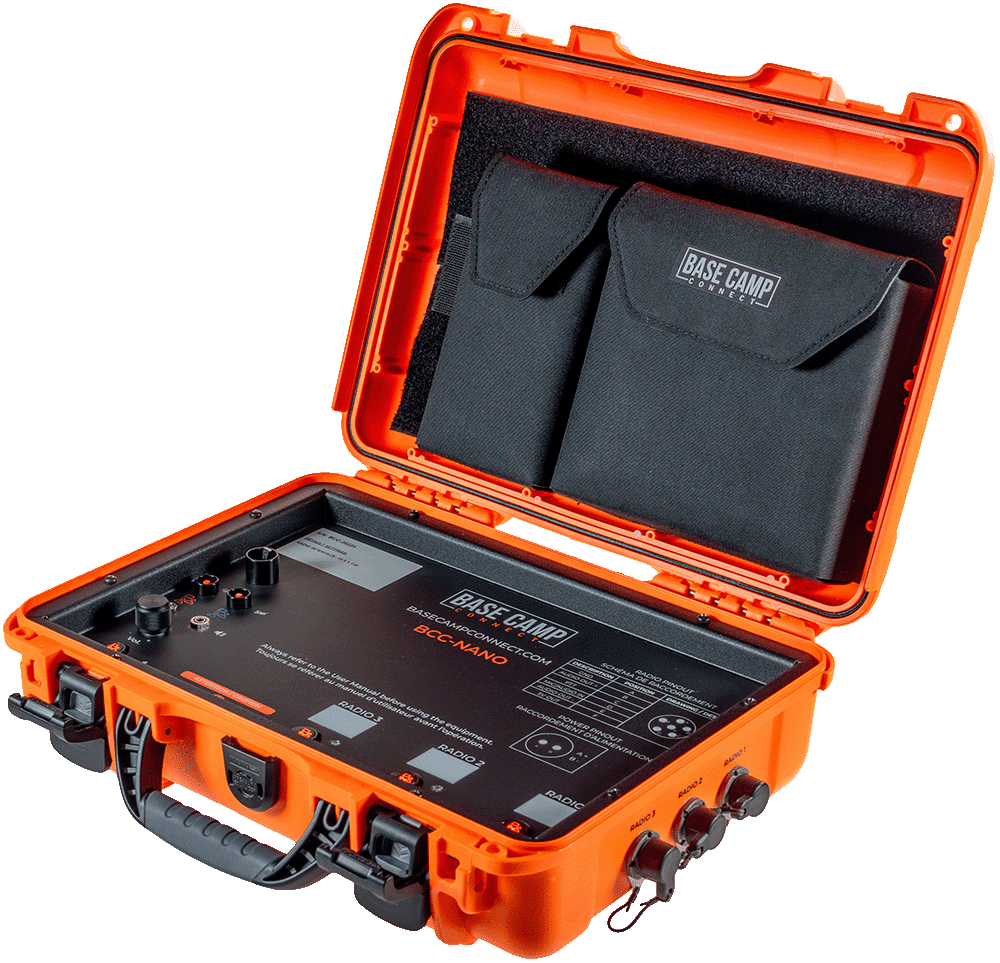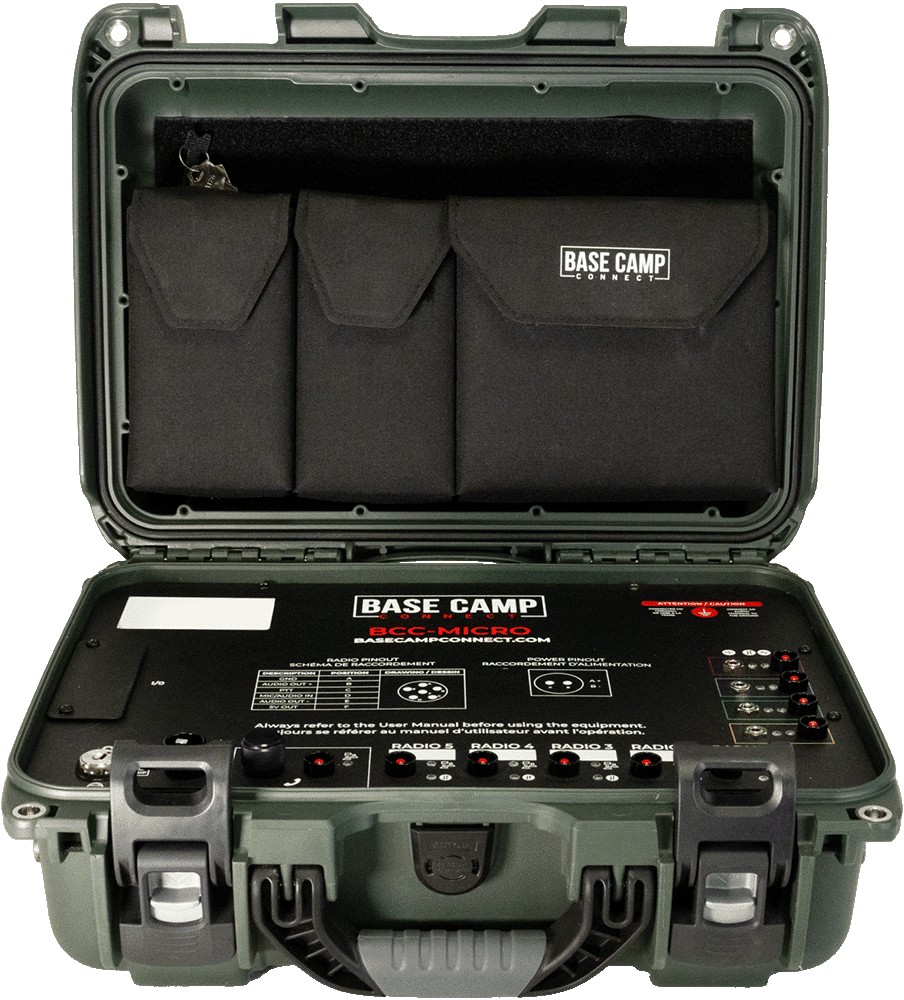Solidarity and Dedication: The Search for a Missing Child
A few years ago, when I was a member of the sheriff’s search and rescue team, we were called out to search for a young boy lost in the desert. Every search is taken seriously, but it seems everyone wants to participate when it involves a lost child. Search and rescue teams from all over the county descended on the area, as well as hundreds of well-meaning civilians looking to join in the search.
Teams were assigned grids to search for the lost child and would report their findings to the command center once their search was complete. When the first round of searching was finished, we waited for over an hour for the command team to manually plot where everyone had been, download GPS data, and assign new areas to search. While these volunteers were doing their best, the processing of the data was slow, inefficient, and ultimately prolonged the search.
Luckily, the boy was found in the early hours of the next morning. He was a little shaken but otherwise alright. It has always stood out in my mind as an example of where real-time data processing would have most likely helped find the child much faster.
The world we live in is fast-paced, data-driven, and, especially in crucial sectors, has a growing need for real-time data processing. Traditional data processing can take hours or even days to complete, which is often unacceptable in critical situations. Real-time data processing delivers instant insights, empowering decision-makers with timely, actionable information. In industries like defense, emergency response, and commercial logistics, delays can cause risk, financial loss, and even death in the most extreme cases. Technologies like Swift C2 are enhancing situational awareness and already giving people access to the benefits of real-time data processing.
What is Real-Time Data Processing?
Real-time means gathering, processing, and analyzing data as it is collected. In contrast to batch processing, where data usually gets collected and aggregated over a period of time, real-time cuts latency to virtually zero and allows responses in an instant. For mission-critical environments, that would mean organizations would know how situations are changing and react to those changes in an instant. It involves data collection from various sources, high-speed processing, and the capability to respond in real-time based on the analyzed data. This feature is especially critical in defense, emergency response, and logistics, where untimely decisions have significant consequences.
The Role of Real-Time Data in Critical Sectors
Real-time data processing is a transformative technology that powers swift and effective decision-making in various high-stakes sectors. By delivering live insights, it enables organizations to respond immediately to changing conditions, optimizing safety and efficiency. In sectors where timing is crucial, such as defense, emergency response, and commercial logistics, real-time data is invaluable for managing complex, rapidly evolving scenarios. Swift C2 is a standout example of real-time data processing, providing critical real-time data that enhances operational effectiveness across these demanding fields.
Sector-Specific Benefits of Real-Time Data Processing
Let’s take a look at how real-time data processing directly helps the sectors we have already mentioned.
Defense Sector:
The defense sector relies heavily on real-time data processing to make informed tactical decisions. Swift C2 provides live, high-resolution data from multiple sources such as satellite feeds, drones, and ground-based sensors. This information enables defense teams to monitor the battlefield as events unfold. By using Swift C2, decision-makers can track troop movements, evaluate threat levels, and deploy resources in real-time, ensuring that actions align with ever changing battlefield conditions. For example, drone surveillance using real-time data allows military personnel to identify enemy movements instantly and respond with maneuvers to counter these movements. The ability to make these data-driven decisions enhances both the safety of personnel and the effectiveness of operations.
Emergency Response:
During natural disasters, accidents, or other emergencies, response teams need accurate data to save lives and manage resources effectively. Real-time data processing enables rapid response to these situations, where conditions can change by the minute. Swift C2 provides emergency responders with real-time mapping, resource tracking, and coordination tools that allow for seamless inter-agency communication and rapid response. In my search and rescue example from above, Swift C2 could have helped pinpoint the exact location of search teams, guided the movements of our teams to likely locations of the lost boy, and facilitated a faster rescue. The reduced response time would have ensured that resources were used more efficiently, ultimately rescuing the child faster.
Commercial Logistics:
In the commercial logistics industry, real-time data processing optimizes routing, inventory management, and demand forecasting. Companies rely on this technology to enhance delivery speed, minimize delays, and respond proactively to unexpected events like traffic congestion or adverse weather. Swift C2 enables logistics companies to monitor fleets in real-time, allowing for route adjustments that reduce delivery times and improve customer satisfaction. With real-time insights, logistics managers can address issues before they escalate, minimizing downtime and maximizing productivity. Additionally, Swift C2’s robust data processing capabilities help with inventory forecasting, ensuring that products are available when and where they are needed, reducing costs and improving supply chain efficiency.
How Swift C2 Enhances Real-Time Data Processing Across These Sectors
Real-time data processing stands out as a game changing technology that drives efficient decision making in industries, like defense and emergency response where timing is of the essence by offering immediate insights for swift responses to dynamic situations thereby enhancing safety and productivity levels significantly. Swift C2 serves as an illustration of this at it’s best, by furnishing real-time data that boosts operational efficiency in these challenging domains.
Challenges in Real-Time Data Processing
While real-time data processing offers many advantages, it also poses its own set of challenges. Managing large amounts of data efficiently with minimal delay demands computing power and stable networks. Additionally, cybersecurity is a concern, especially in fields like defense and emergency responses, where safeguarding sensitive information from potential risks is crucial. Swift C2 tackles these challenges with processing abilities and strong security protocols. Its structure reduces delays while incorporating data encryption and security measures to assist companies in addressing these obstacles and guaranteeing a protected exchange of information.

Future of Real-Time Data Processing in Critical Sectors
New developments in real-time data processing have the potential to integrate artificial intelligence and machine learning technologies. As this becomes a reality, we will start to see predictive analytics capabilities that can allow systems to anticipate events and recommend actions before issues arise. Swift C2 is already at the forefront of this evolution, integrating machine learning algorithms to enhance its data processing and analysis capabilities. With continued advancements, real-time data processing will further solidify its role as an indispensable tool across critical sectors, enhancing safety, efficiency, and effectiveness.
Real-time data processing has become essential in sectors where timing and accuracy are critical. In these environments, delays in data processing can lead to significant risks, inefficiencies, or even life-threatening situations. Technologies like Swift C2 are transforming these industries by providing immediate, high-resolution data from various sources, enabling faster decision-making and enhanced situational awareness. By integrating features like live mapping and resource tracking, Swift C2 supports quick responses and seamless coordination, setting a new standard for operational efficiency and safety across these critical sectors.















